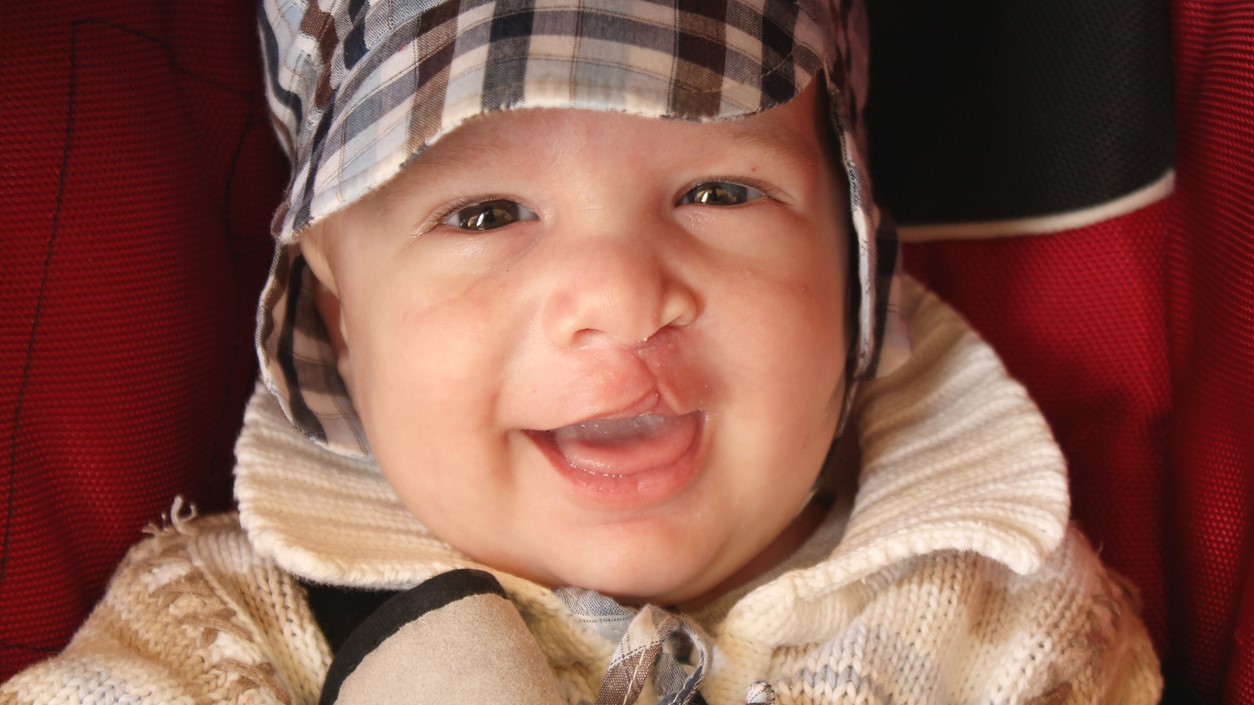What to know
Breast milk is healthy for most infants, including those with birth defects. Mothers who provide breast milk to an infant with a birth defect may need extra support to establish and maintain milk production.

Breastfeeding considerations
Infants with birth defects can have a range of physical and developmental abnormalities, from very mild to more severe. Breast milk is still important nutrition for these infants.
In fact, breast milk may be especially beneficial when birth defects put infants at higher risk of developmental delays and respiratory (breathing) and other infections. Breastfeeding can also help strengthen jaw and facial muscles, which could benefit babies with low muscle tone.
However, the infant's physical and developmental differences may create challenges in establishing and maintaining breastfeeding. Providers can help ensure that mothers have adequate support to maximize their ability to provide breast milk to infants with birth defects.
How birth defects affect breastfeeding
Several of the most common birth defects are Down syndrome, cleft lip and/or palate, and congenital heart disease. These can affect an infant's ability to breastfeed due to associated physical and developmental features.
Down syndrome
Infants with Down syndrome (Trisomy 21) can have hypotonia (low muscle tone). This can lead to abnormal or weakened control of the oropharyngeal structures (muscles that allow you to swallow) and uncoordinated and/or weak suck or difficulty swallowing. Premature infants may have a similar difficulty. See the Academy of Breastfeeding Medicine (ABM) Protocol 16.
Cleft lip and/or a cleft palate
In infants born with a cleft lip and/or a cleft palate, the oral cavity may not adequately separate from the nasal cavity during feeding. This may make it difficult to create the suction needed to breastfeed successfully.
As a result, the infant may tire easily while breastfeeding or require a longer feeding time. This can affect the infant's growth and nutrition. See ABM Protocol 17. Other difficulties may include nasal regurgitation (milk comes out of the nose) and aspiration (milk enters the airway).
Congenital heart defect or disease
Some infants with a congenital heart defect or disease may not be able to feed at the breast right after birth. This is due to complications, such as hypoxia (low levels of oxygen in the blood). Once these babies are stable, breastfeeding is usually possible and beneficial.
Breastfeeding infants with birth defects
With adequate support, it is safe for an infant with a birth defect to breastfeed. Depending on the type and severity of the birth defect, some infants can feed at the breast. Others may need to receive breast milk from a bottle or other feeding device, such as a cup, syringe, or supplemental nursing system. A supplemental nursing system is a feeding device that delivers milk at the breast through tubing.
Mothers of infants with some birth defects will likely need extra support in establishing and maintaining breastfeeding. These infants will also need to be closely monitored to be sure they are receiving enough calories to gain enough weight.
For most infants with birth defects, breast milk is still the optimal source of nutrition.
